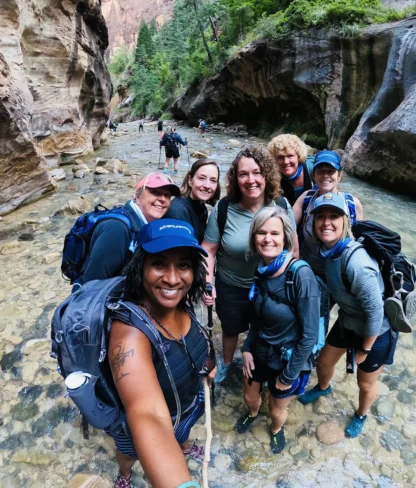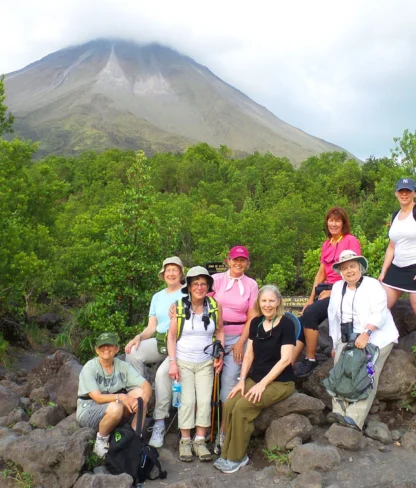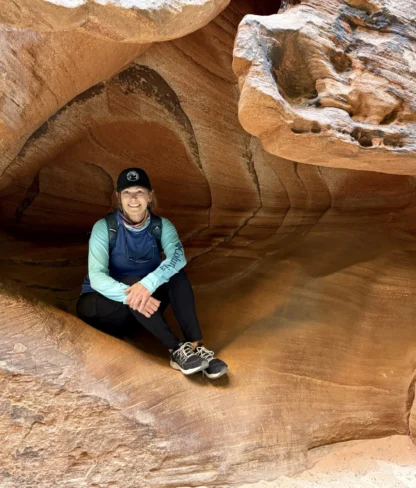Did You Know? The Lewis & Clark Expedition: Fun Facts


How’s your history? Know the details about Lewis and Clark’s epic 3 year expedition paddling the Missouri River from St Louis, Missouri all the way to the Pacific Ocean?
Here are some fun facts about these intrepid explorers journey on the famous “Lewis and Clark Trail”:
WHO: Meriwether Lewis & William Clark. The group of about 40 men, one Indian woman (Sacagawea), one slave and a dog was collectively known as the “Corps of Discovery”.
WHY: With the Louisiana Purchase in 1803, the United States purchased approximately 828,000,000 square miles of territory from France. What was known as Louisiana Territory stretched from the Mississippi River in the east to the Rocky Mountains in the west and from the Gulf of Mexico in the south to the Canadian border in the north. The huge part of the land west of the Mississippi River was completely unknown to Americans and needed to be explored before it could be settled.
WHAT: In June of 1803, President Thomas Jefferson directed Lewis and Clark:
“The object of your mission is to explore the Missouri River, and such principal streams of it, as, by its course and communication with the waters of the Pacific Ocean, whether the Columbia, Oregon, Colorado, or any other river, may offer the most direct and practicable water-communication across the continent, for the purposes of commerce…. Beginning at the mouth of the Missouri, you will take careful observations of latitude and longitude, at all remarkable points on the river, and especially at the mouths of rivers, at rapids, at islands, and other places and objects distinguished by such natural marks & characters of a durable kind.”
WHEN: Lewis and Clark officially embarked on their expedition in Pittsburgh on August 31,1803 but didn’t actually set off until May 14, 1804 when they launched their vessels at the mouth of the Missouri River near the city of St. Louis.
HOW: They traveled up the Missouri River with one large boat called a barge and two smaller boats called “pirogues”. They were traveling against the current, so they had to use long poles to push the boats or even ropes to pull the boats from the banks.
WHERE: No place claims more of the Lewis and Clark trail than Montana. The Corps of Discovery covered more miles within Montana than in any other state. Montana is where they saw more grizzly bears than other humans; gorged themselves on buffalo meat (9 pounds a man per day); ran out of whiskey; were battered to the ground by hailstones; wore out a pair of moccasins every two days crossing the rugged terrain; sweltered in 90 degree heat; and beheld their first snow in midsummer.

WHAT HAPPENED:
The explorers traveled as few as 5 and as many as 20 miles a day – a distance of 14 miles a day was considered good – with Clark often staying in a boat and Lewis walking along the shore.
They made careful observations, sketching diagrams of plants and animals and recording what they gathered. They discovered 178 plant species, 122 animal species, and documented 50 Indian tribes, 24 of which had never seen a white man. They also chronicled their expedition in journals, and made 140 maps of the regions.
Only one man died during the expedition, Sergeant Charles Floyd who died of a ruptured appendix. Many in the group suffered from illnesses and injuries, but none were fatal. Frostbite was the most common medical problem.
A year and a half after leaving St. Louis, they finally reached the Pacific Ocean in November 1805. The Corps of Discovery stayed that winter near the ocean and started home again in March of 1806. It only took them around six months for the return journey.
A few MORE Lewis & Clark Fun Facts:
Lewis’ dog was a Newfoundland named Seaman. He purchased Seaman in Philadelphia for $20, which turned out to be a great investment considering the many benefits he contributed. He did his duty as a hunter, guard dog, and general companion to the party. Seaman was the first dog to travel the entire length of the American continent.
Sacagawea, a Shoshone Indian, was hired as an interpreter for Lewis and Clark when they needed to communicate with local Indian tribes. Her presence ended up being a saving grace for Lewis and Clark. Men that had women traveling with them were viewed as non-threatening since women didn’t travel with war parties. Sacagawea also became a guide for the two explorers, her familiarity with southeastern Montana was invaluable.

As the Lewis and Clark Expedition continued up the Missouri River into what is today the state of Montana, the group ran into the Great Falls. It took them nearly a month to carry their boats for miles around the Great Falls.
Lewis and Clark saw three rivers joining the Missouri and named them the Gallatin River, Jefferson River, and Madison River after U.S. Treasury Secretary Gallatin, and U.S. Presidents Jefferson and Madison.
Join us on our Lewis & Clark Canoeing & Glamping adventure vacation in September 2015!


